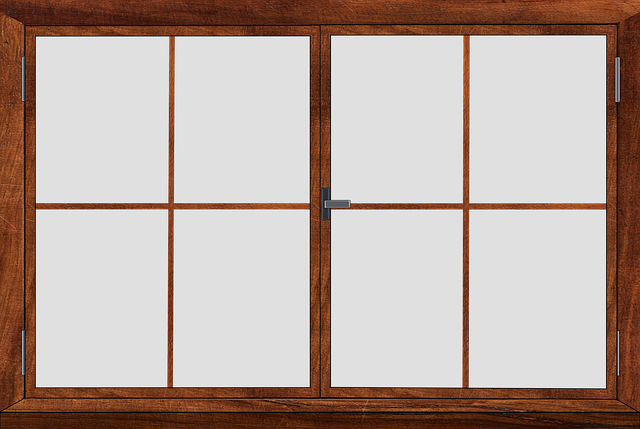Products v goods v materials

|

|

|
The terms ‘products’, ‘goods’ and ‘materials’ are sometimes used as if they are interchangeable, however, there are differences between them determined by what they are made of, how they are finished and whether they are offered for sale. Unfortunately these differences are sometimes rather vague and are not consistently applied.
Very broadly the difference between materials and products is that:
- Materials are raw, unprocessed substances such as sand, salt, and so on.
- Products are processed, finished items that are offered for sale. That is, they are manufactured combinations of materials and perhaps other products, processed to create items such as doors, windows, light fittings, and so on.
However, this deceptively clear difference becomes more complex when applied to composite materials (such as adhesives), to finished materials (such as processed timber), to unfinished products, and so on. For example, steel, whilst it has been processed, might be considered to be a material, whilst a steel beam, which is the same material but in a different form might be considered to be a product.
A slightly broader definition of materials as 'physical substances that things can be made from' excludes items such as doors and windows, but includes items such as processed timber, adhesives, concrete, and so on.
However, the distinction is confused further by unhelpful definitions such as that in Approved Document 7: materials and workmanship, which defines materials as; ‘manufactured products such as components, fittings, items of equipment and systems; naturally occurring materials such as stone, timber and thatch; and backfilling for excavations in connection with building work.’ This would appear to include all the tangible items used in construction works.
The term ‘goods’ refers more generically to possessions, or occasionally to merchandise that is transported - in some definitions by land only rather than by air or water.
Other similar terms include ‘commodities’, and ‘supplies’.
All of these can be distinguished from the supply of ‘services’ which HMRC suggest is ‘something other than supplying goods’, and typically refers to activities such as consultation, maintenance, installation, or sometimes the provision of accommodation.
Products, services and materials may sometimes be provided alongside each other as part or a single supply contract.
NB: The Construction Products Regulation defines a ‘construction product’ as; ‘…any product or kit which is produced and placed on the market for incorporation in a permanent manner in construction works or parts thereof and the performance of which has an effect on the performance of the construction works with respect to the basic requirements for construction works.’
[edit] Related articles on Designing Buildings Wiki
Featured articles and news
Latest Build UK Building Safety Regime explainer published
Key elements in one short, now updated document.
UKGBC launch the UK Climate Resilience Roadmap
First guidance of its kind on direct climate impacts for the built environment and how it can adapt.
CLC Health, Safety and Wellbeing Strategy 2025
Launched by the Minister for Industry to look at fatalities on site, improving mental health and other issues.
One of the most impressive Victorian architects. Book review.
Common Assessment Standard now with building safety
New CAS update now includes mandatory building safety questions.
RTPI leader to become new CIOB Chief Executive Officer
Dr Victoria Hills MRTPI, FICE to take over after Caroline Gumble’s departure.
Social and affordable housing, a long term plan for delivery
The “Delivering a Decade of Renewal for Social and Affordable Housing” strategy sets out future path.
A change to adoptive architecture
Effects of global weather warming on architectural detailing, material choice and human interaction.
The proposed publicly owned and backed subsidiary of Homes England, to facilitate new homes.
How big is the problem and what can we do to mitigate the effects?
Overheating guidance and tools for building designers
A number of cool guides to help with the heat.
The UK's Modern Industrial Strategy: A 10 year plan
Previous consultation criticism, current key elements and general support with some persisting reservations.
Building Safety Regulator reforms
New roles, new staff and a new fast track service pave the way for a single construction regulator.
Architectural Technologist CPDs and Communications
CIAT CPD… and how you can do it!
Cooling centres and cool spaces
Managing extreme heat in cities by directing the public to places for heat stress relief and water sources.
Winter gardens: A brief history and warm variations
Extending the season with glass in different forms and terms.
Restoring Great Yarmouth's Winter Gardens
Transforming one of the least sustainable constructions imaginable.






















